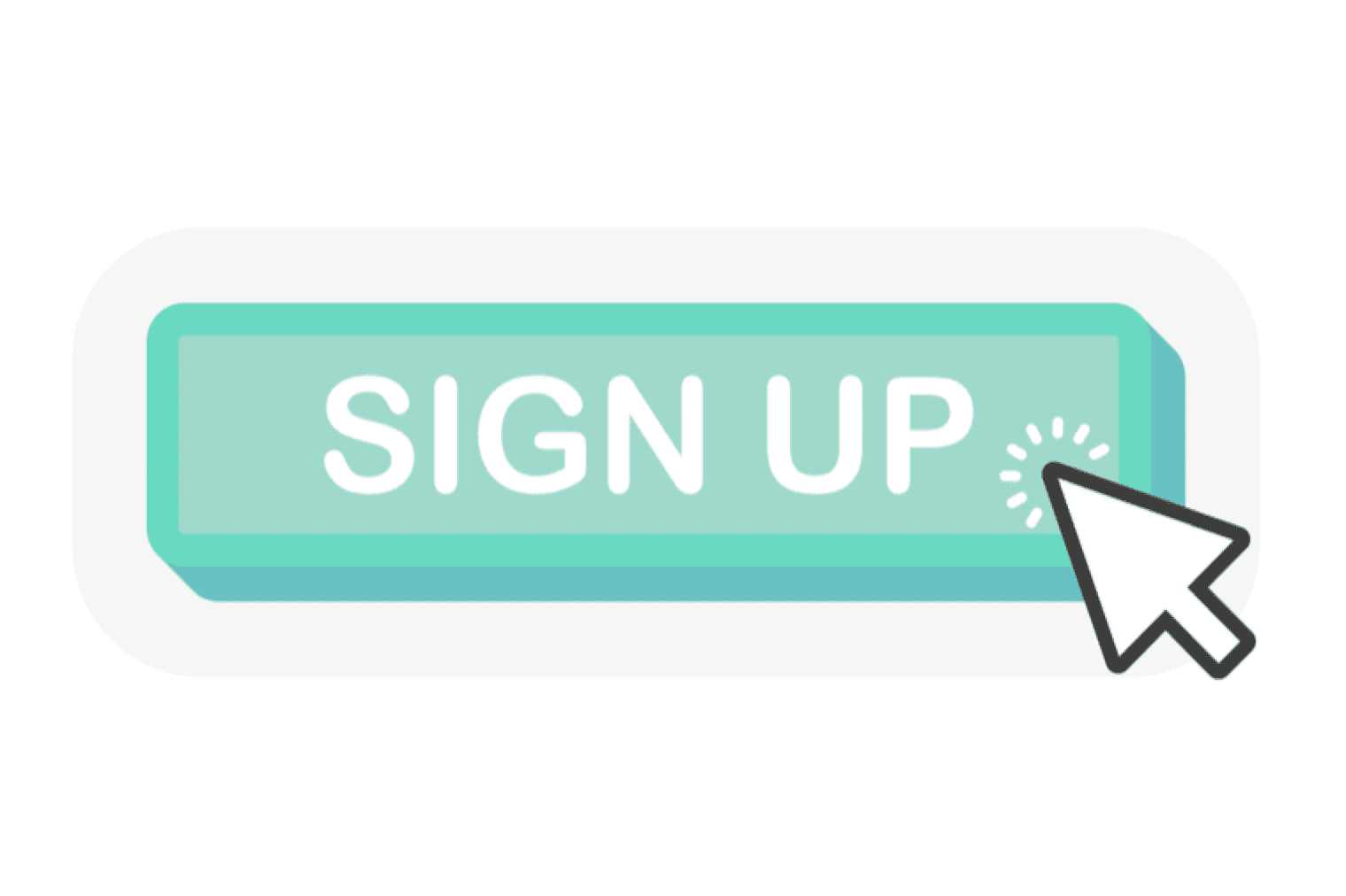Tips For Crafting Effective Calls To Action
They only take up a little bit of physical space, but call to action buttons take on outsized importance in your digital marketing and website efforts. Learn how you can optimise them to drive conversions and marketing success.

